
Humans have been fixated on acquiring status since the beginning of time. Most recently status has found its home on social media, where it’s easier than ever to capture and cultivate images of our enviable lifestyles and broadcast them to the world. But unsurprisingly, this behavior can be damaging — both to our mental health and, as platforms like Instagram help status-seeker culture spread, to our wallets.
A recent survey showed 77 percent of millennials made purchases for the purpose of posting them on Instagram, and they were willing to spend nearly twice as much ($137) on a perfect post as the general population ($70). A separate survey found almost 40% of millennials have spent money they didn’t have, going into debt just to “keep up” with their peers.
While it’s tempting to roll our eyes at the extent of millennial superficiality, status culture predates not just millennials but the internet itself. Over 2000 years ago, Polynesian tribes used tattoos to broadcast a person’s position in the community. For several centuries, people fell over themselves for the opportunity to own a pineapple and let the world know just how wealthy they were. So while Instagram may be new, the behavior it displays definitely isn’t.
It is concerning, though, that status purchases are persuading millennials into debt, especially since while status and wealth often appear together, they’re not the same. By gaining a better understanding of what status actually is and why we seek it, it’s possible to find a way to hold your own in your community without overextending yourself financially to do so. You can go straight to our infographic to learn about the differences between status and status symbols.
Why Do Humans Seek Status?
We don’t consciously decide we want status — it’s a human instinct. People learned early on that respect from their community translated directly into better protection, more desirable mating options, and better cuts of shared resources like food and shelter. Today, it’s slightly more complicated; psychologists categorize status as an “esteem need” — the fourth in a checklist of desires that humans satisfy as they make their way through life.
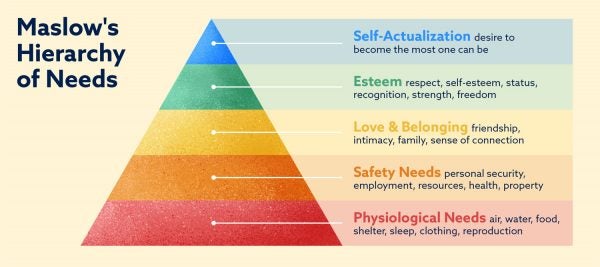
Naturally we prioritize our basic need for food and shelter first; then we seek safety and security. Once we satisfy those needs, we move on to love and belonging, which we get from our family and friends. Once that need is met, we can move on to esteem — that’s where status comes in.
Status vs. the Status Symbol
Just like birds decorate their nests with things that shine, humans collect indicators of the status they’ve achieved. That’s why status is so frequently confused with wealth — since money is universal collateral, having a lot of it will gain a person a high rank in basically any community. That’s why so many people want to appear rich (whether they actually are or not).
But money isn’t the only unit of community value. A political leader, for example, might earn status through proven hours of service and genuine connections with members of their constituency. Someone in a highly skilled industry, like a chef, might cultivate their sense of esteem by competing for and displaying prestigious culinary awards. Artists and actors can be dirt poor and still revered for their talent.
In each community, status is measured differently — and the symbols that are coveted by members of that community are different, too. Not only that, but those symbols are constantly changing. The more people have something, the less impressive it is, and another top symbol will arrive to take its place.
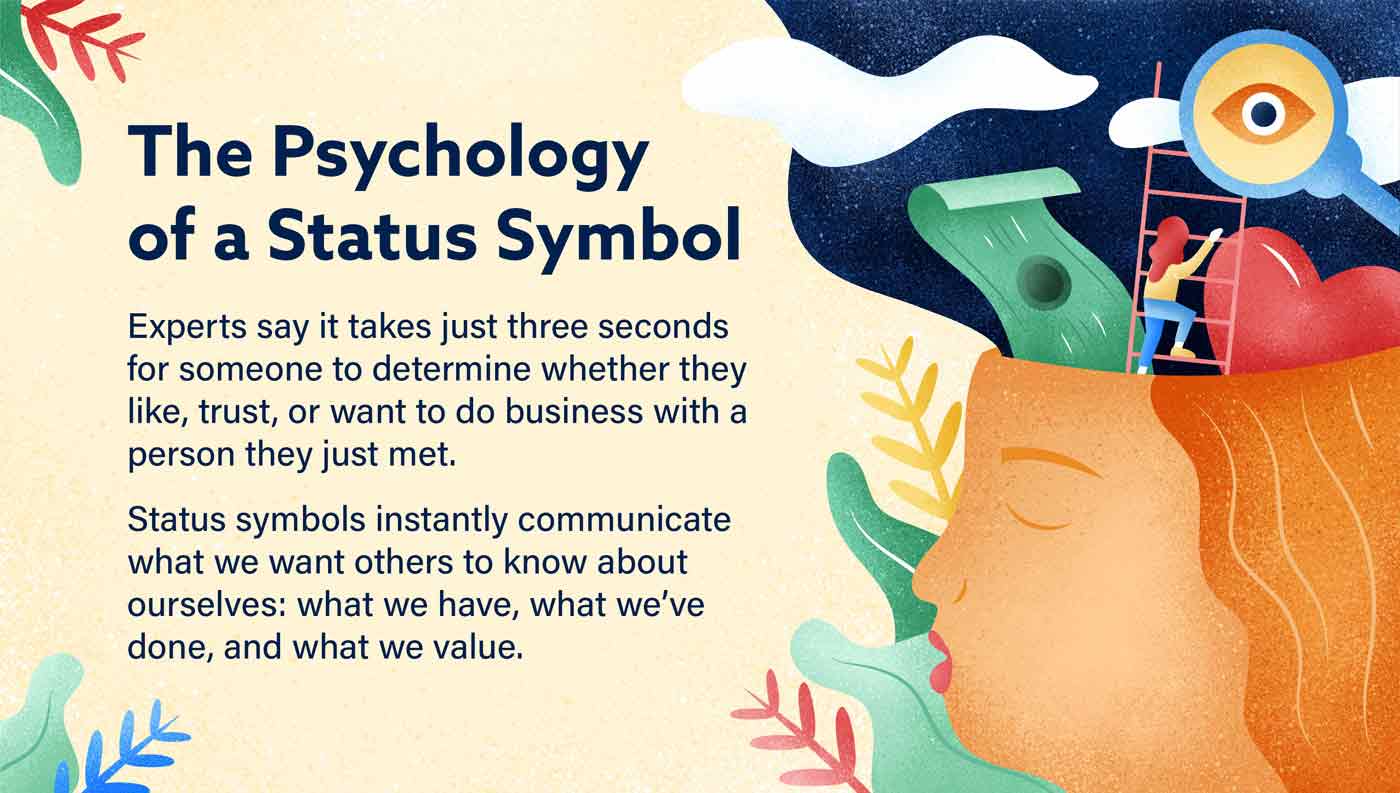
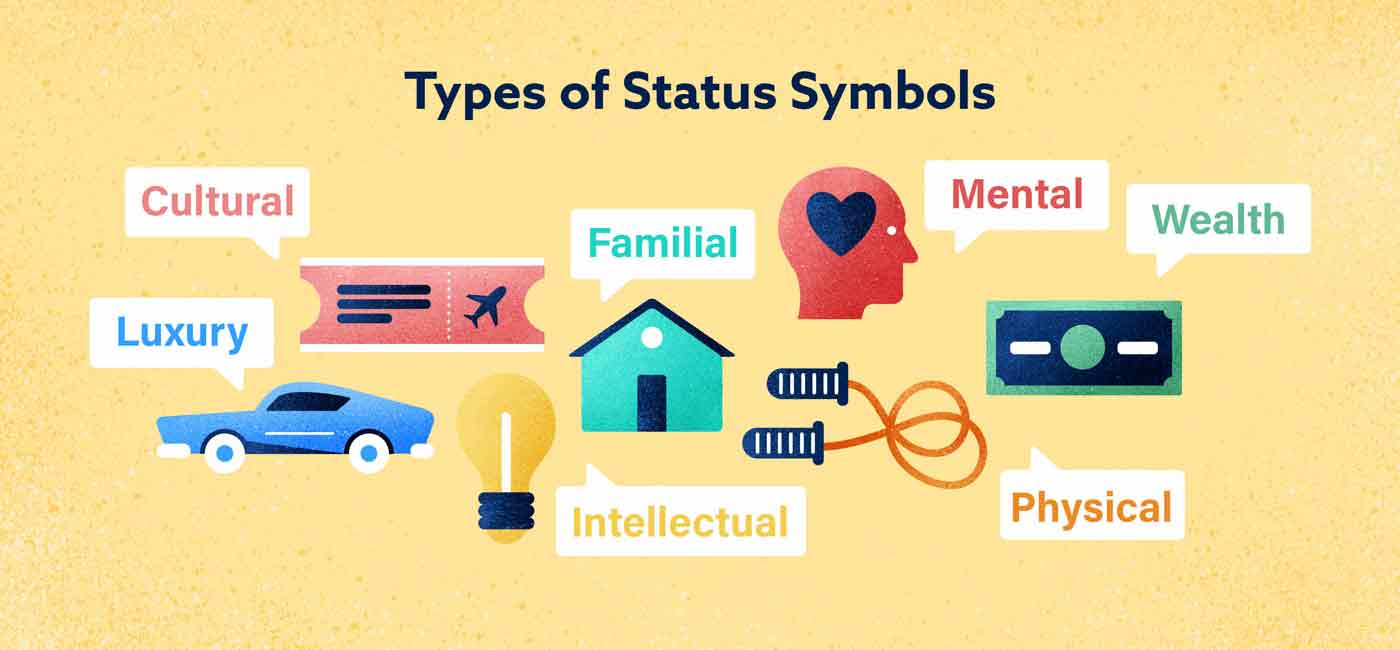
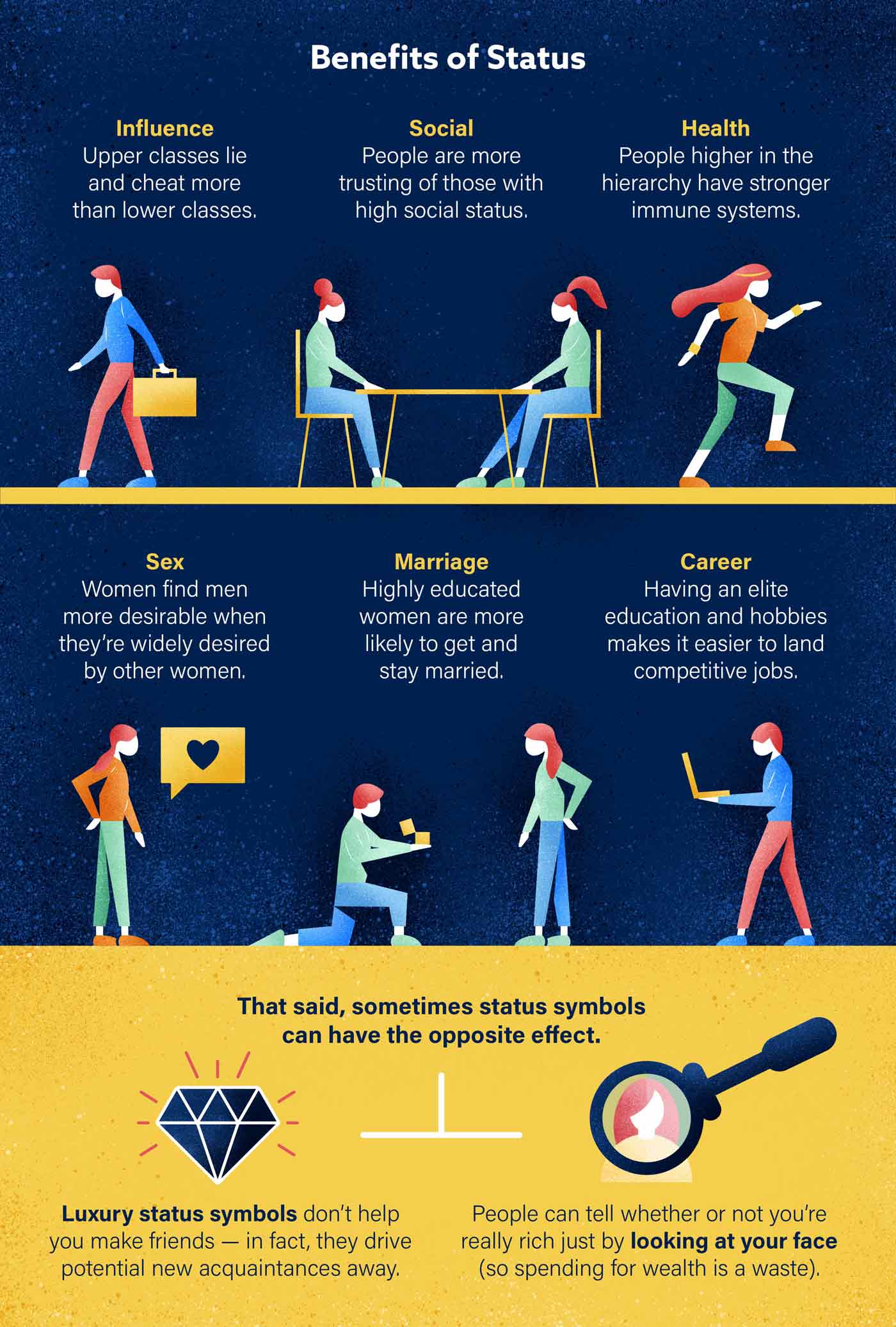
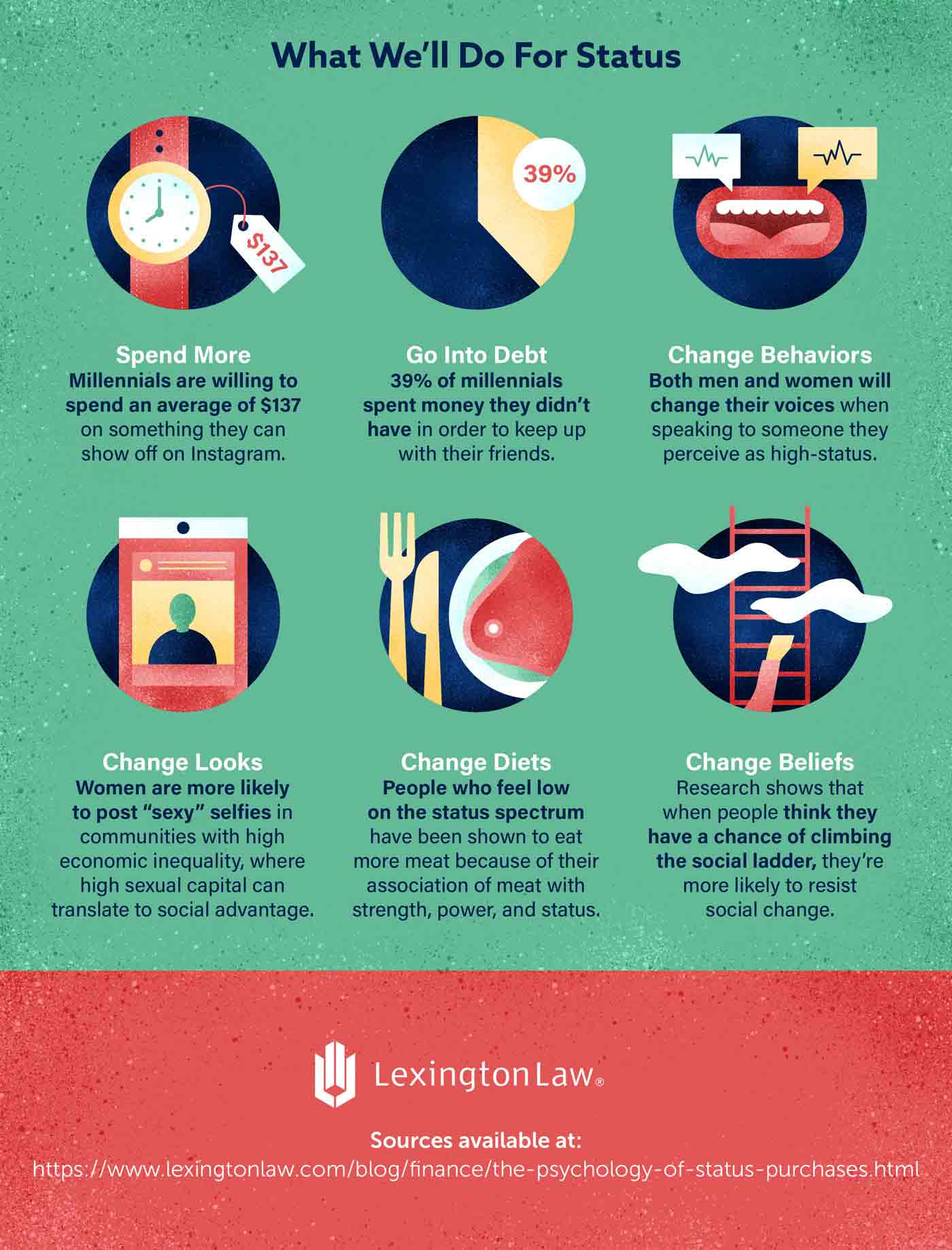
How to Seek Status (the Smart Way)
There’s nothing wrong with indulging the natural instinct to seek status, but if your desire to keep up or compete with your peers is driving you into debt, it might be time to reconsider your priorities, clean up your finances, and figure out a better way to meet your esteem needs.
- Change your surroundings. Take stock of your friends’ spending. Is it more than you can sustain? It might be time to make new friends, ones whose lifestyles have a lower price tag. In the right environment, some social comparison can actually help you get better control of your budget: one study showed that people will significantly cut their spending when they find out that they spend more than their peers. Surround yourself with frugal people, and you’ll find yourself spending less, too.
- Reframe the way you think about status. Unless you’re a member of the 1%, it’s unlikely that every high-status person you know is also a big spender. What symbols surround you that weren’t bought? Find someone you truly admire and find ways to emulate them — without spending money.
- Cultivate taste, not things. Even rich people who lack taste will eventually lose status. Simply buying anything expensive isn’t a status indicator — it’s just tacky. Cultivate your cultural influences, education, your physical and mental health, and your talents. Not only will you be spending less, you’ll wind up feeling more fulfilled.
- Develop a smart attitude toward wealth. Social climbers often get so caught up in trying to keep up that they forget how well-trained people from wealthy families are to handle and grow their money with strategic precision. Living like the 1% means more than just spending like them — it means eliminating unnecessary debt, making smart investments, and having long-term financial goals you’re working toward.
So if you’re looking to rise up through the social ranks but you don’t have the budget to bankroll your luxury lifestyle, change your strategy. Anyone can cultivate a community’s respect, with or without engaging in conspicuous consumption culture.
